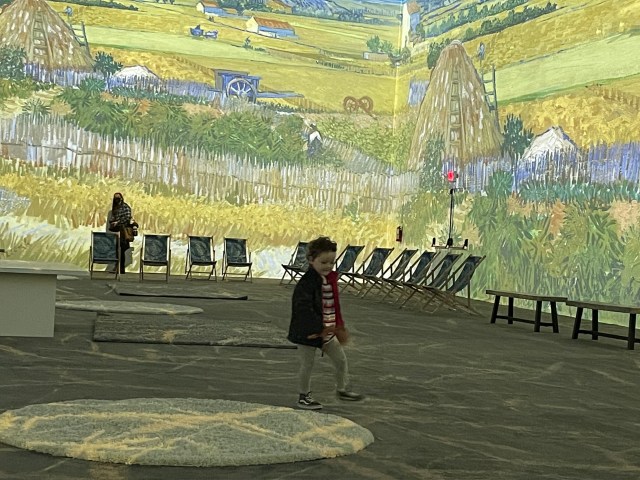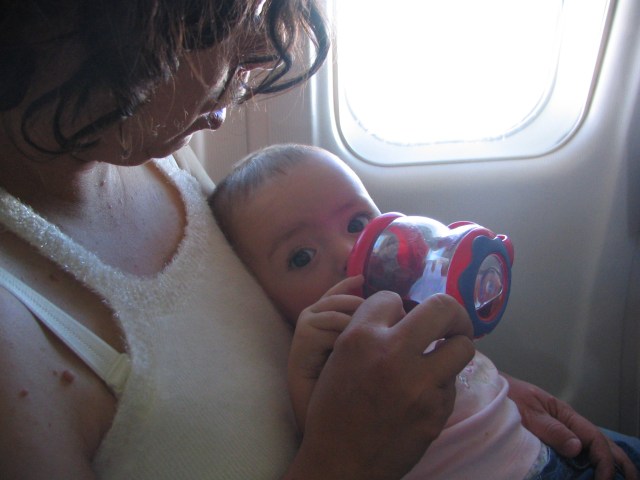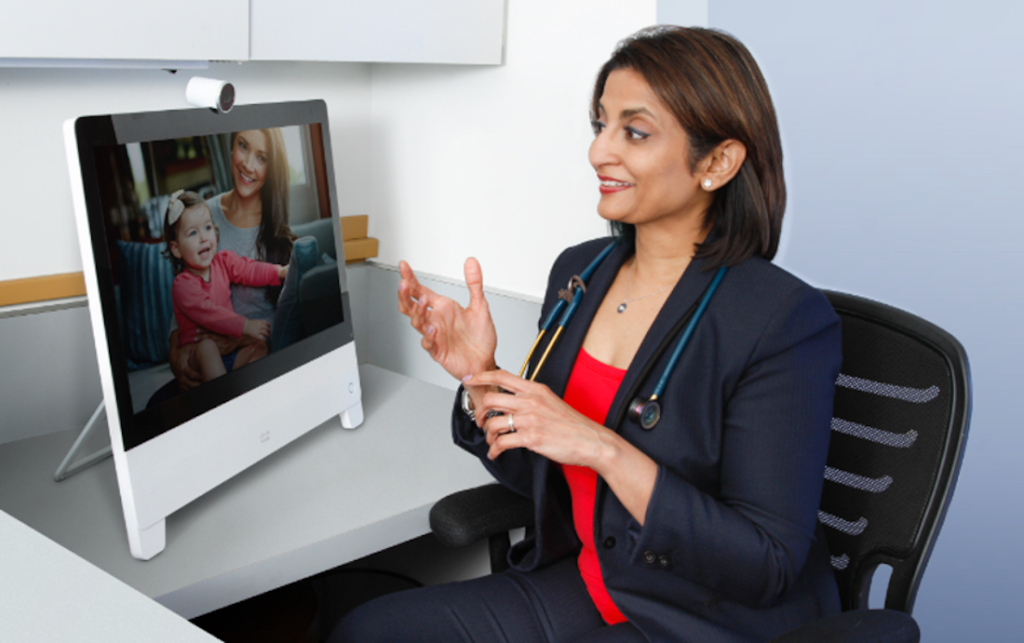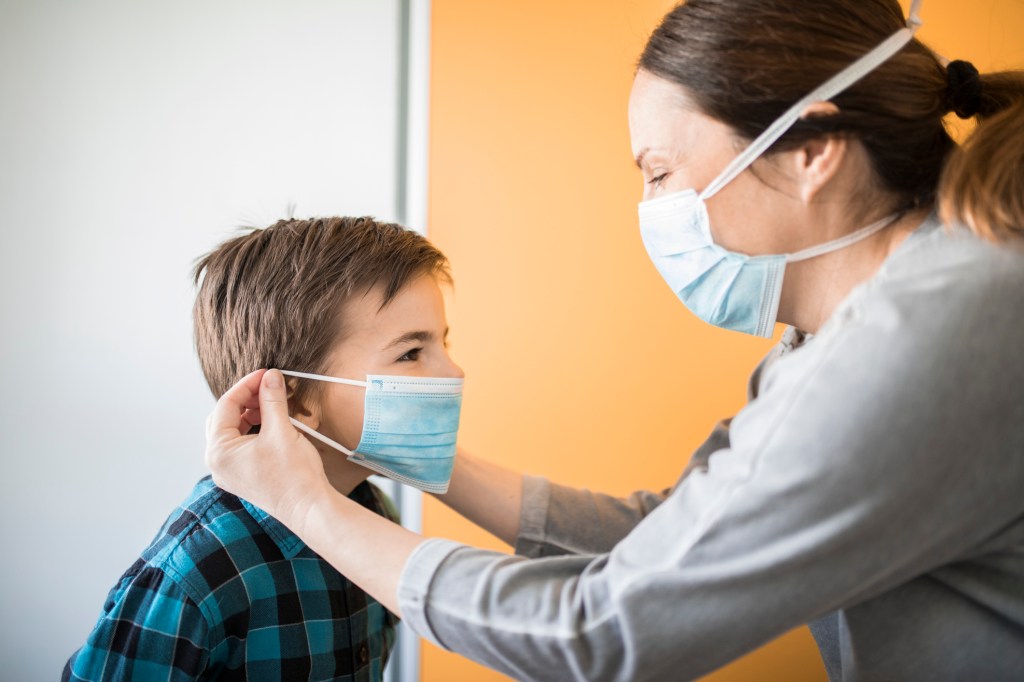For those families who can’t wait to return to the tradition of attending Tchaikovsky’s The Nutcracker, the 2021 season in the greater Washington metropolitan area has many options. From traditional ballet to circus-style performances, from hip-hop reimagining to a puppet show, there are so many exciting Nutcracker performances to choose from, you won’t want to pick just one!
The Washington Ballet

The Washington Ballet’s American Revolution-themed Nutcracker featured historical figures like George Washington and King George III. Note, the performers dance to a recording of The Nutcracker, not a live orchestra, but the kids won't notice.
Insider Tip: Attend on Family Day, Dec. 12 at 1 p.m. and enjoy craft stations for coloring and ornament making, photo ops with dancers, and watch rehearsal to learn how dancers prepare for performance.
When: Nov. 27-Dec. 26
Where: Washington Ballet-Warner Theatre, 513 13th St. NW
COVID Policy: Proof of vaccination or a negative Covid-19 test result within 72 hours is required to attend.
Online: tinybeans.com
The Puppet Company

For the youngest of the bunch, or families interested in a “My First Nutcracker” experience, The Puppet Company offers Tchaikovsky's familiar story of Clara and her prince with nursery rhyme spin. The Puppet Company is especially sensitive to the needs of children in theater, with gently dimmed lights and family-friendly seating.
Insider Tip: The Irish Inn at Glen Echo is walking-distance from the park and a great spot for a hearty pre- or post-performance meal. The Fish and Chips are delicious!
When: Nov. 26-Jan. 2
Where: Glen Echo Park, 7300 MacArthur Blvd., Glen Echo, MD
COVID Policy: Performances are capped at fifty percent capacity and masking is required.
Online: tinybeans.com
Cirque Nutcracker

Troupe Vertigo’s acrobats, jugglers and high-flying aerialists join the Baltimore Symphony Orchestra for a truly unique Nutcracker experience! Fusing together elements of cirque acrobatics, classical dance and contemporary theater, this promises to be a spectacular addition to holiday performances.
When: Dec. 11 & 12
Where: Joseph Meyerhoff Symphony Hall, 1201 Cathedral St., Baltimore, MD
COVID Policy: Proof of vaccination or a negative Covid-19 test result within 72 hours is required to attend.
Online: tinybeans.com
The Hip Hop Nutcracker

A remixed and reimagined version of the classic, The Hip Hop Nutcracker returns to Strathmore as a holiday spectacle for the whole family. Enjoy a dozen all-star dancers, a DJ, a violinist, and MC Kurtis Blow, one of hip hop’s founding fathers, who opens the show with a short set.
When: Dec. 20–22
Where: Strathmore, 5301 Tuckerman Ln., North Bethesda, MD
COVID Policy: Proof of vaccination or a negative Covid-19 test result within 72 hours is required to attend.
Online: tinybeans.com
Worth-the-Drive Nutcrackers

Loudoun School of Ballet
If you are longing for a Nutcracker-themed tea, head to Purcellville to see excerpts from the Loudoun School of Ballet’s upcoming full-length Nutcracker. Enjoy delicious food and a host of photo opportunities as well. Loudoun School of Ballet will also perform a full-length Nutcracker on Dec. 4-6.
When: Nov. 21 (tea); Dec. 4-6 (stage performance)
Where: 200 E Willie Palmer Way, Purcellville, VA (tea); 340 N Maple Ave., Purcellville, VA (stage performance)
Online: lbpac.org
Metropolitan Ballet Theatre
Metropolitan Ballet Theatre offers a full-length Nutcracker as well as a shorter performance. Their Nutcracker Suite is a wonderful option for younger audiences who want to experience the ballet in under one hour. Audience size will be limited due to safety protocol for Covid-19, so get your tickets today and be a part of this seasonal ballet tradition!
When: Full-Length Performance: Dec. 4-12 (full length); Dec. 5 & 12 (short version)
Where: 51 Mannakee St., Rockville, MD
Online: mbtdance.org
Frederick School of Ballet
A Frederick holiday tradition, this full-length ballet features artists from the New York City Ballet and students from the Frederick School of Classical Ballet. Children under 2 are exempt and for children ages 2 to 12, the only requirement is to wear a mask.
When: Dec. 10-12
Where: 20 West Patrick St., Frederick, MD
COVID Policy: Proof of vaccination or a negative Covid-19 test result within 72 hours required.
Online: weinbergcenter.org
The Maryland Theater
The Nutcracker features Washington Ballet artists Nicole Graniero and Oscar Sanchez as The Sugar Plum Fairy and her Cavalier. A full cast of over 100 dancers, brilliant costume and prop design, and a good dose of theatrical magic bring this family Christmas tradition to life!
Editor's Note: The Maryland Theater does not require proof of vaccination or a negative COVID test.
When: December 11 & 12, 2021
Where: The Maryland Theater, 21 S Potomac St., Hagerstown, MD
Online: mdtheatre.org
—Mary Martha Aubry
RELATED STORIES:
Magical Santa Train Rides to Book NOW (Before They Sell Out)
The Ultimate DC Guide to Holiday Lights
How to Keep the Grandparents Entertained When Visiting DC
17 Winter Wonderlands That Go Crazy for Christmas






























